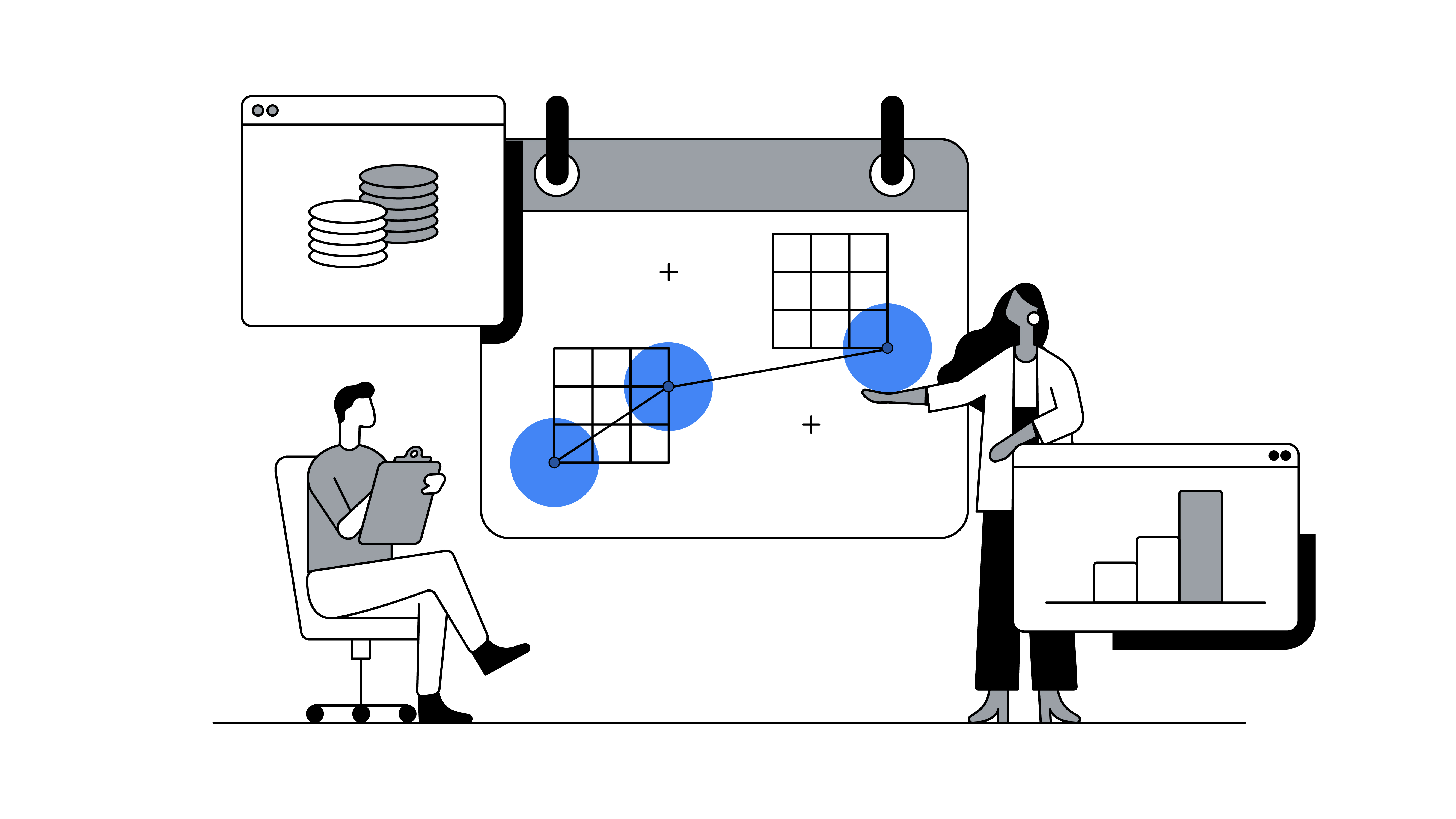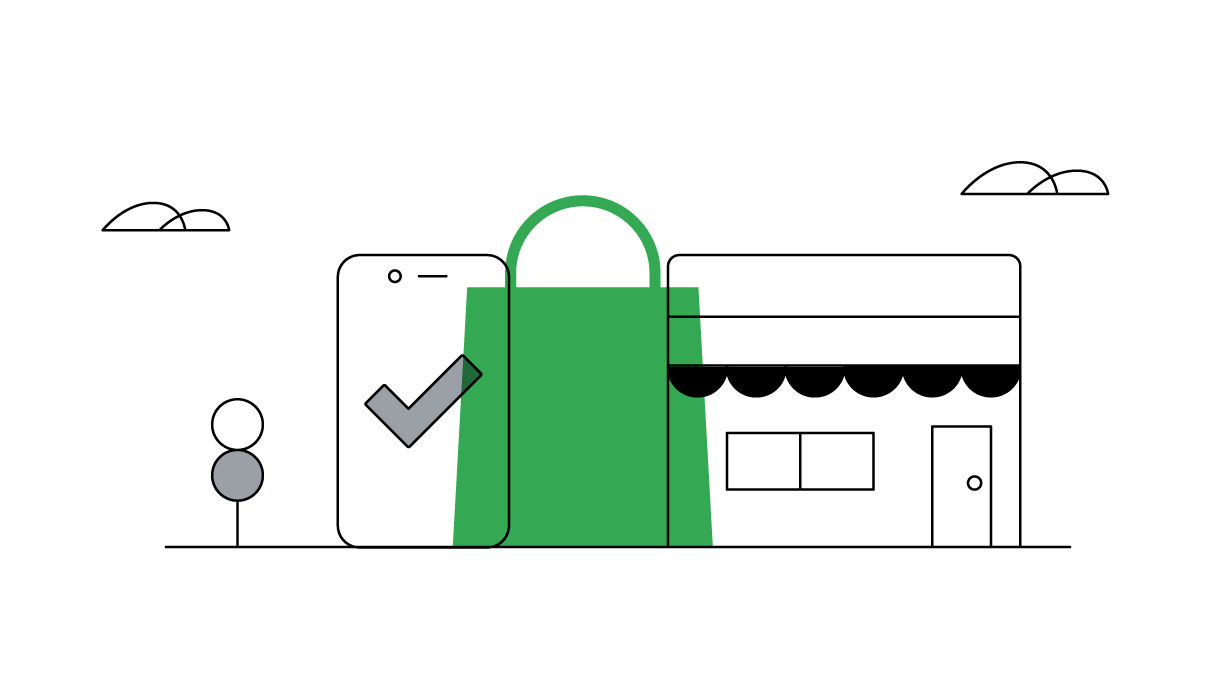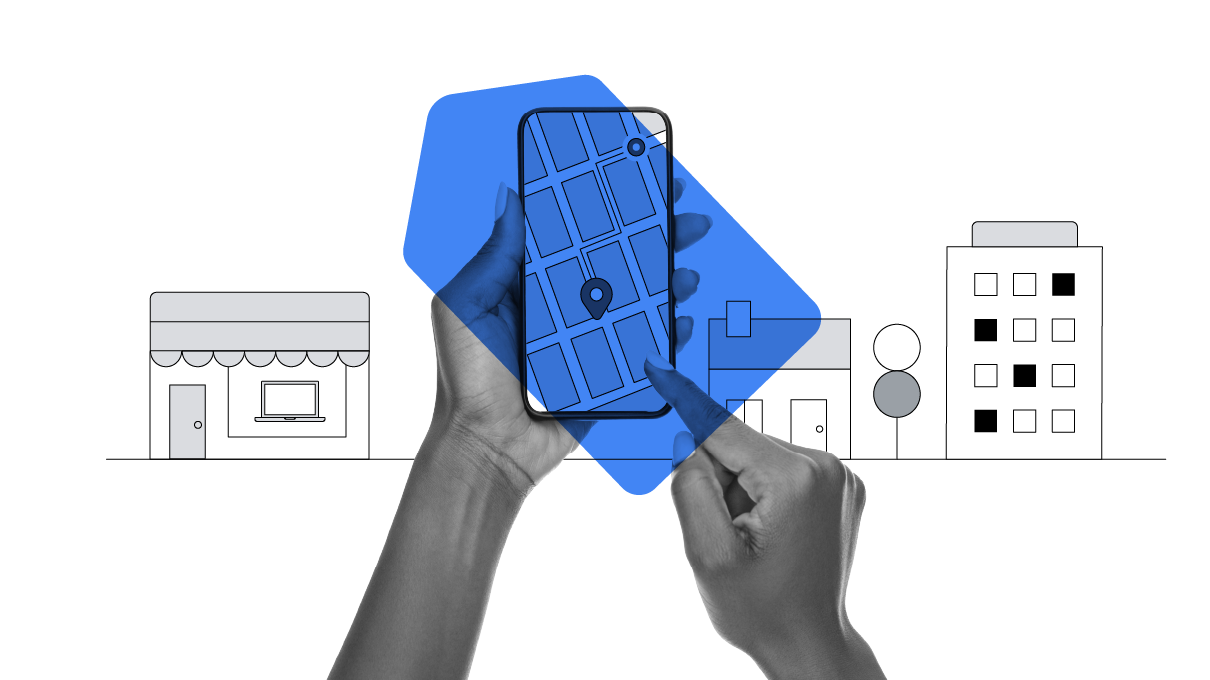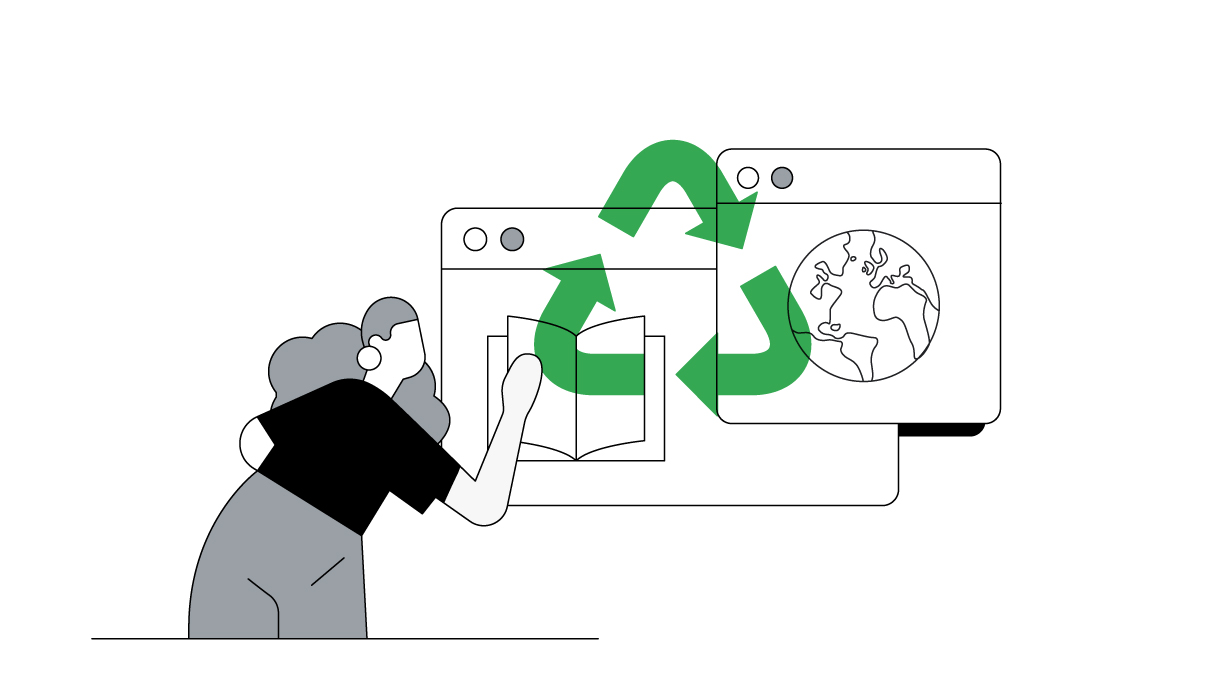Agility is crucial to successful digital marketing. George Popstefanov, CEO of the digital advertising agency PMG, explains that agility can also have a profound impact on your entire business.

In today’s rapidly changing economic, political, and social landscape, it has never been more important for brands to be agile. But how many marketers can say they navigated 2020 with agility?
The reality is that a number of factors impose limits on how agile we feel we can be: how our businesses operate, how we budget, how we build teams, how we invest year to year, and how we manage the expectations of our stakeholders. Well-intentioned decision-makers who have the means may not have the will to be agile. Others may have the will, but not the means. Whatever may be true of your business today, the acceleration of technological advances and continuing shifts in consumer behaviour make agility an essential part of how we plan and execute.
The good news is that every marketer has an opportunity to become more agile, allowing their brands to reap new benefits at every stage of the customer journey. We are seeing many businesses find growth, even among so much unforeseen disruption, by enhancing real-time understanding of consumers through unified data sources, and closing the distance between data, insights, and action. By leaning into transformation opportunities, businesses are capturing reach or revenue that may otherwise slip through the cracks.

Narrow the gaps between insights, action, and impact
Our online and offline worlds are now seamlessly interconnected, but many businesses have fallen behind in reflecting these connections. Business and marketing operations that are agile by design can flex faster to meet consumers where they already are — and where they are going next.
Marketing agility starts by getting a full and clear picture of your data (the starting point for quickly deriving insights), deciding on the right actions and ultimately delivering results. Never was this more apparent than in 2020, when customer behaviour was rapidly and fundamentally transformed by the pandemic, accelerating incremental evolution into transformative shifts in how people work, shop, and live.
Our online and offline worlds are now seamlessly interconnected, but many businesses have fallen behind in reflecting this.
When working with our client SurveyMonkey, the world’s leading survey and feedback platform, we were challenged to unify 27 data sources, 71 metrics, and more than 100 conversion events across seven products, creating its first holistic picture of what was happening across the business in real time. By creating a unified omnichannel data set, SurveyMonkey could start to segment data across the entire business, enhancing how it rolls out new products and custom solutions. As COVID-19 shut down the physical events that SurveyMonkey relies on for lead generation, it was able to quickly create new products, such as COVID-19-related employee feedback surveys, to serve new customer requirements that didn’t exist a year earlier, keeping up with the pace of change.
Act on the evolving needs of customers and stakeholders
We like to call this unified omnichannel data set an “intelligence engine.” Once you have your intelligence engine in place, you will start seeing customer preferences, signals, and trends more clearly. This level of understanding allows for marketing agility when adapting and responding to new needs and changes in behaviour, whether predicted or unforeseen.
The faster consumer insights can be mobilised for action, the better we become at flexing agility to meet the needs of customers in the moment.
When storage solution retailer The Container Store was forced to close physical stores during the coronavirus pandemic, our intelligence surfaced an opportunity to attract shoppers who had never purchased online before. We layered together data emerging from stay-at-home trends, like home and garden, makeup, self-care, and DIY, and made extensive shop-from-home updates to deliver on customer expectations, like free shipping, extended returns, promotions, and deals. The result of quickly pivoting its strategy online and removing shopping barriers: The Container Store saw record new online customers and sales, including achieving $1M in online sales for the first time in April. The faster consumer insights can be mobilised for action, the better we become at flexing agility to meet the needs of customers in the moment.
Hold the keys to unlocking business transformation
Agile marketing becomes a true superpower when it allows marketers to have an impact beyond campaign and marketing decisions. This is because, once we combine great data and intelligence with a bias for action, we can inform how to influence and change other parts of our businesses for the better. The way we hire, the way we empower teams, the way we launch new products, or the way we build new service lines can all be reframed around the needs of our customers at unprecedented speed and scale.
Agility is much more than marketing. It is being open to testing and learning quickly and transparently to meet new demands.
In 2020, when Old Navy — part of parent company, Gap — decided to launch an unplanned face mask line in the middle of the pandemic, we partnered to craft and execute a fluid full-funnel media plan in just 30 days We combined search, paid social, influencer, affiliates, programmatic, podcasts, digital out of home, PR amplification, and newsletter sponsorships to drive awareness, engagement, and transactions. The move was not only a huge bet on e-commerce for a brick-and-mortar brand; it created a revenue stream that delivered a much needed solution to people heeding the calls of health officials. It also delivered value to Gap shareholders.
Agility is much more than marketing. It is structure, training, how we orient service lines and engage with customers, and being open to testing and learning quickly and transparently to meet new demands. And it’s more than just accelerating digital transformation. It is becoming the most important lever marketers have for positioning and organising their businesses, products, and marketing for the future. Data and insights aren’t simply useful for optimising our campaigns but increasingly guiding strategic decisions; informing how budgets are deployed daily, weekly and monthly; and helping us make advanced predictions during both planned and unplanned shifts. Marketers that can hone agility as a superpower will usher in an exciting world of business and marketing opportunities and be champions of finding growth for their organisations.







